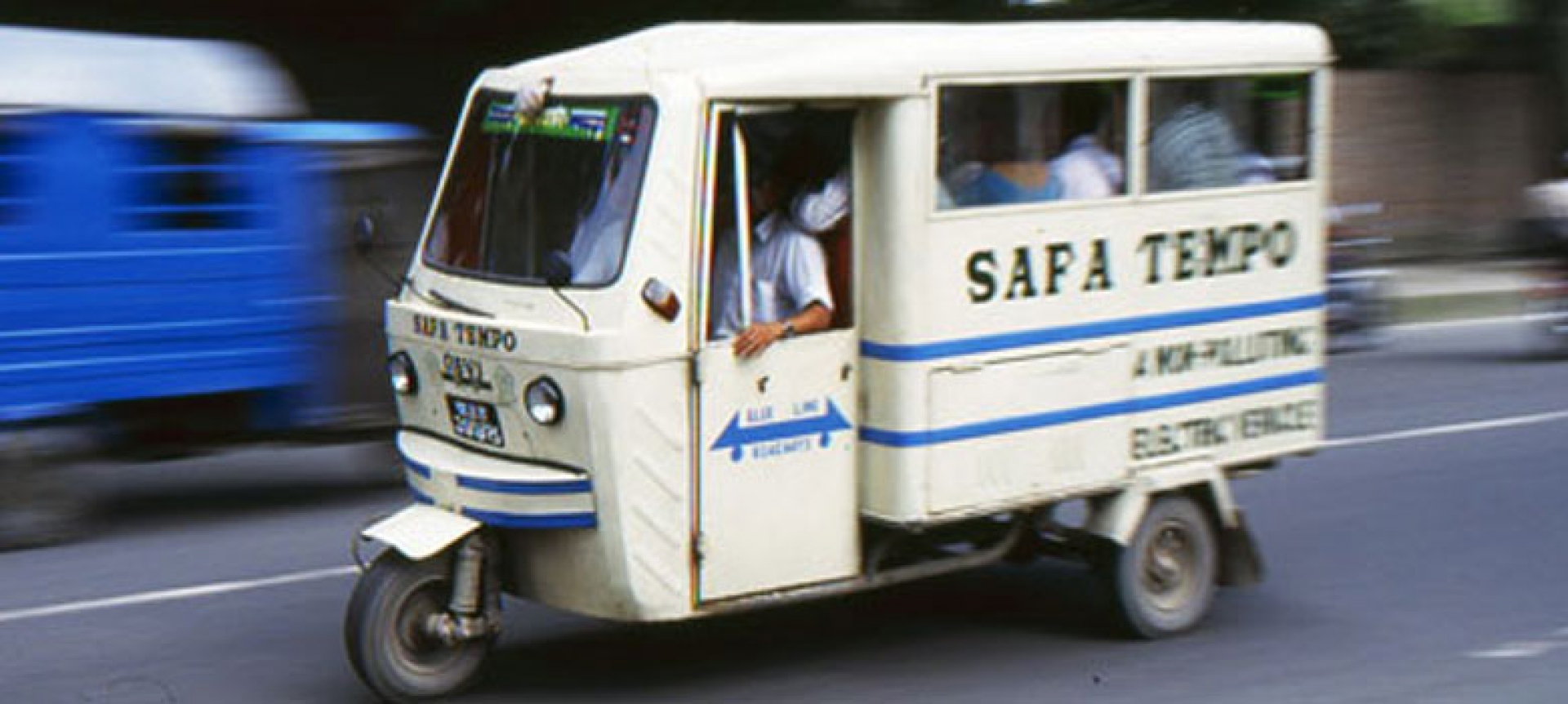Nepal’s business and financial sectors are navigating a complex landscape as of March 31, 2025, with the Nepal Stock Exchange (NEPSE) showing signs of recovery while broader economic challenges persist. Drawing from reports on Nepali news portals like Nepal News, Khabarhub, Business Standard, and The Kathmandu Post, as well as sentiment on X, this expanded roundup provides a deeper dive into the latest developments, including sector-specific updates, regulatory changes, and market dynamics.
NEPSE Continues Upward Trend Amid Fragile Stability
The Nepal Stock Exchange (NEPSE) has been a focal point this week, with a post on X by @FiscalNepal on March 30 noting a surge of 29.82 points, bringing the index to 2,711.97 points as political tensions in Kathmandu began to subside. This follows a volatile month, as Khabarhub reported on March 19 that NEPSE had fallen by 14.88 points (0.55%) to 2,682.15, driven by economic stagnation and political unrest. Earlier, on March 23, The Kathmandu Post reported a 26.10-point rise to 2,640.78 points, indicating a pattern of recovery interspersed with dips. The recent gains suggest a cautious return of investor confidence, but the market remains sensitive to Nepal’s political climate, which has been rocked by pro-monarchy protests and governance concerns.
Analysts on X express mixed sentiments: while some celebrate the NEPSE surge as a sign of stabilization, others caution that the gains may be short-lived without addressing systemic issues like corruption and economic stagnation. The protests, which have seen violence and detentions, highlight the fragility of Nepal’s political environment—a key factor influencing market sentiment.
Financial Oversight Concerns: Suspicious Transactions Surge
A significant concern for Nepal’s financial sector emerged this week, with Nepal News reporting a sharp rise in suspicious transactions across banking, insurance, and real estate sectors. The Financial Information Unit (FIU) of Nepal Rastra Bank flagged these activities, raising alarms about potential money laundering and financial misconduct. This development could undermine investor trust in NEPSE, especially as the market attempts to recover from recent volatility. Posts on X reflect growing unease, with users questioning the effectiveness of regulatory oversight and calling for stricter measures to ensure financial transparency.
This issue is particularly critical given Nepal’s efforts to attract foreign investment as it prepares for its transition to developing nation status. The FIU’s findings may prompt tighter regulations, which could either stabilize the market by curbing illicit activities or stifle growth by increasing compliance burdens for businesses.
Rattanindia Enterprises Bolsters Nepal’s EV Market
In a positive development for Nepal’s business landscape, Business Standard reported on March 19 that Rattanindia Enterprises, through its electric vehicle arm Revolt Motors, is entering Nepal in partnership with MV Dugar Group. A flagship Revolt Hub is set to open in Kathmandu in April 2025, offering electric motorcycles, accessories, and after-sales services. Rattanindia’s stock rose 2.09% to Rs 42.90 following the announcement, reflecting investor optimism about its expansion into Nepal’s growing EV market. This aligns with broader trends in Nepal, such as Gogoro’s recent installation of 45 battery swap stations in Kathmandu Valley, signaling a push toward sustainable mobility.
Revolt Motors’ entry could stimulate Nepal’s green economy, but challenges remain. The high cost of EVs and limited charging infrastructure may hinder adoption, especially outside urban centers like Kathmandu. Nonetheless, this move positions Nepal as an emerging player in the regional EV market, potentially attracting further investment in sustainable technologies.
Economic Stagnation and Liquidity Challenges Persist
Despite NEPSE’s recent gains, Nepal’s economy faces structural hurdles. Khabarhub reported on March 19 that over NPR 812.8 billion in liquidity remains unutilized in the financial system due to a lack of viable investment opportunities. Banks are focusing on debt recovery rather than lending, which has slowed economic growth. Experts suggest redirecting these funds into productive sectors like infrastructure, energy, and agriculture to drive sustainable development. However, the lack of investor confidence—exacerbated by political instability and a trade deficit with 126 countries, as noted by Nepal News on March 20—continues to hinder progress.
The trade deficit, coupled with stagnating revenues, paints a grim picture of Nepal’s economic health. The World Bank’s October 2024 Nepal Development Update noted a slight reduction in public debt to 42.7% of GDP in FY24, but the practice of bunching expenditures toward the fiscal year’s end has led to lower-quality investments and inflationary pressures. These systemic issues suggest that NEPSE’s recent surge may not translate into broader economic recovery without significant policy reforms.
Gold Prices Reflect Global Trends, NEPSE Enhances Transparency
Gold prices in Nepal have been a barometer of economic sentiment. Nepal News reported on March 20 that hallmark gold stabilized at Rs 176,000 per tola, with silver at Rs 2,030 per tola. Earlier in the month, Khabarhub noted a record high of Rs 176,000 per tola, driven by global gold prices surpassing $3,100 as a safe-haven asset amid economic uncertainty, as reported by Moneycontrol. This volatility reflects Nepal’s exposure to global market trends, particularly as investors seek stability amid domestic and international uncertainties.
On the regulatory front, NEPSE introduced a 15-minute weighted average closing price rule to enhance market transparency and stability. This measure, aimed at reducing volatility and improving predictability, has been welcomed by investors, though its long-term impact on market dynamics remains to be seen.
Energy Sector Reforms and Infrastructure Development
The energy sector, a cornerstone of Nepal’s economy, is undergoing reforms to address longstanding challenges. Nepal News reported on March 20 that Energy Minister Dipak Khadka committed to supporting small-scale hydropower projects through government-private sector collaboration. This is a critical step, as hydropower accounts for a significant portion of Nepal’s energy supply and export potential. However, the Nepal Electricity Authority has warned of potential power cuts due to rising industrial demand, which could deter investment in energy-dependent industries.
Infrastructure projects are also progressing, with upgrades to the Benighat-Arughat-Larke and Butwal-Pokhara roads expected to boost connectivity and economic activity. These developments could support Nepal’s long-term growth, but their benefits will depend on the government’s ability to manage fiscal constraints and ensure timely implementation.
Budget Preparations and MCC Coordination
As Nepal approaches the constitutional deadline for its new budget, the Ministry of Finance is finalizing discussions, according to Khabarhub. Minister Bishnu Paudel is emphasizing realistic budgeting and efficient resource allocation, with a focus on coordinating with donor agencies for Millennium Challenge Corporation (MCC) initiatives. The MCC projects, which include infrastructure and energy investments, could bring in significant foreign capital, but they remain politically contentious in Nepal due to concerns over sovereignty and foreign influence.
Global Economic Trends and Nepal’s Position
Globally, markets are facing uncertainty, with Moneycontrol reporting on March 25 that U.S. CFOs are pessimistic about a potential 2025 recession due to Trump’s tariff policies. Japan’s Nikkei also closed near an 8-month low on March 31, as noted by The Economic Times, reflecting U.S. tariff jitters. Nepal, while somewhat insulated, is not immune to these trends, given its trade deficits and reliance on imports. The NEPSE’s recent gains must be viewed in this context, as global economic headwinds could impact Nepal’s export-driven sectors like hydropower and tourism.
Sector-Specific Insights: Banking, Fintech, and Tourism
- Banking Sector: The rise in suspicious transactions reported by Nepal Rastra Bank’s FIU has put the banking sector under scrutiny. The World Bank’s October 2024 report highlighted past efforts to strengthen the sector’s legal and regulatory framework, but the current surge in questionable activities suggests more work is needed to ensure financial stability.
- Fintech Growth: The launch of Getpay, Nepal’s first payment orchestration platform, as reported in Techpana, signals fintech’s growing role in the economy. However, the government’s social media registration directive could indirectly impact fintech firms relying on digital platforms for outreach, reflecting the broader tension between innovation and regulation.
- Tourism and Aviation: The Economic Times reported on February 26 that SpiceJet clocked a profit due to reduced expenses, which could benefit Nepal’s aviation sector given SpiceJet’s operations in the region. Tourism, a key economic driver, may see a boost if political stability holds, but ongoing unrest poses risks to visitor confidence.
Critical Perspective: Beyond the Headlines
While NEPSE’s recent surge and initiatives like Revolt Motors’ entry are positive, they mask deeper structural issues. The government’s focus on short-term stability—through measures like the NEPSE transparency rule or energy sector promises—often overshadows the need for systemic reform. Corruption, governance failures, and a lack of investment opportunities continue to stifle growth, as evidenced by the unutilized liquidity and trade deficits. Moreover, the rise in suspicious transactions suggests that Nepal’s financial system may be more vulnerable to illicit activities than official narratives admit, potentially deterring foreign investors.
The reliance on global trends, such as gold prices and U.S. tariff policies, also highlights Nepal’s limited economic autonomy. While MCC funding and infrastructure projects offer hope, their success depends on navigating domestic political resistance and ensuring equitable benefits for Nepal’s citizens, not just foreign stakeholders.
Conclusion
Nepal’s business and stock exchange landscape on March 31, 2025, is a mix of cautious optimism and persistent challenges. NEPSE’s 29.82-point surge reflects a temporary reprieve, but concerns over suspicious transactions, economic stagnation, and global uncertainties loom large. Positive developments in the EV sector, energy reforms, and infrastructure projects provide a foundation for growth, but their impact hinges on addressing systemic issues like corruption and governance. As Nepal prepares its budget and navigates global economic trends, the coming months will test its ability to balance short-term gains with long-term stability. Investors and policymakers alike will need to tread carefully in this evolving landscape.







